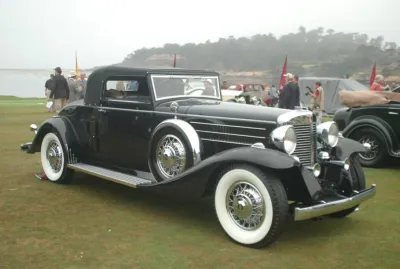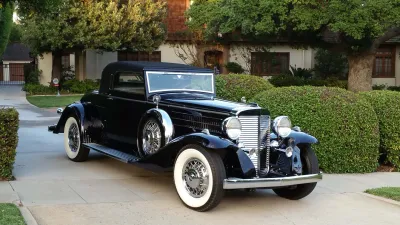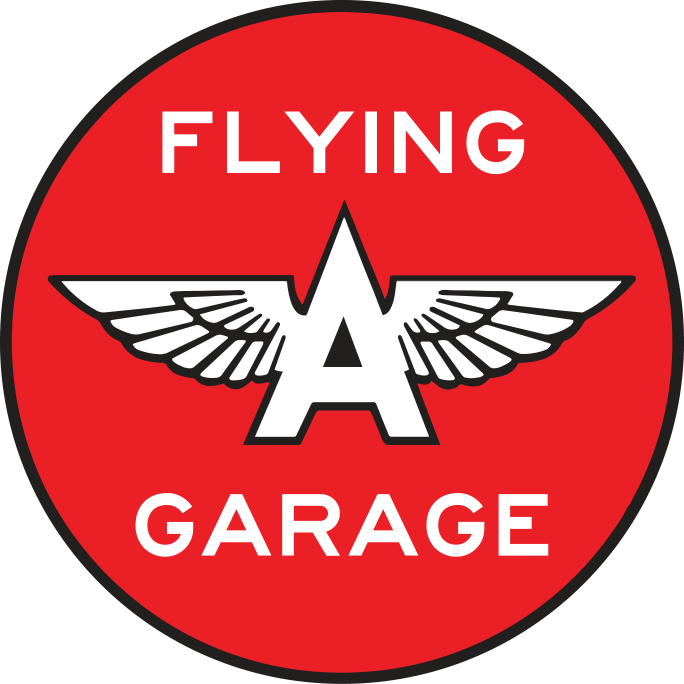

Three different American luxury manufacturer set out to design V16 engines in the second half of the 1920s. Of these the Cadillac is the most famous and successful, but the Marmon was without a doubt the most advanced. A third V-16 engine, designed by Peerless, never made it past the prototype phase. The idea of using a sixteen cylinder engine was not new, but it was the first time such an engine was designed for road use. The luxury market was very competitive, and was driven by the idea that 'bigger is better'.
Marmon’s parent company was founded in 1851 as a manufacturer of industrial equipment. Marmon produced
passenger automobiles between 1902 and 1933. As early as 1924 the company began to suffer financial reversals. In 1926 it was reorganized as the Marmon Motor Car Company. In 1927 Howard Marmon had begun working on the world's first V16 engine in 1927, but was unable to complete the production sixteen model until 1931. By that time, Cadillac had already introduced their V-16, designed by ex-Marmon engineer, Owen Nacker. Peerless, too, was developing a V-16 with help from an ex-Marmon engineer, James Bohannon.
The Marmon Sixteen was produced for just three years. Production of all automobiles ceased in 1933, the worst year of the Great Depression. 390 V16 automobiles were manufactured of which 49 were delivered with four door
convertible bodies. It is estimated by the Marmon 16 registry that only 71 Marmon V16 automobiles exist currently.
The engine displaced 491 in³ (8.0 L) and produced 200 hp (149 kW). It was an all-aluminum design with steel cylinder liners and a 45° bank angle.
Marmon was notable as having introduced the rear-view mirror as well as pioneering both the V16 engine and the use of aluminum in auto manufacturing.
This particular Marmon was the last unit sold. It was traded to William Ansted, the owner of Metal Auto Products for the forgiveness of a $70,000.00 accounts receivable from the near bankrupt Marmon Motor Co. Metal Auto Products built the engine enclosures (hood) and fenders for Marmon, and Mr. Ansted upon taking delivery of the car installed skirted fenders and replaced the sides of the engine enclosure with horizontal vents as opposed to the customary vertical vent doors.
